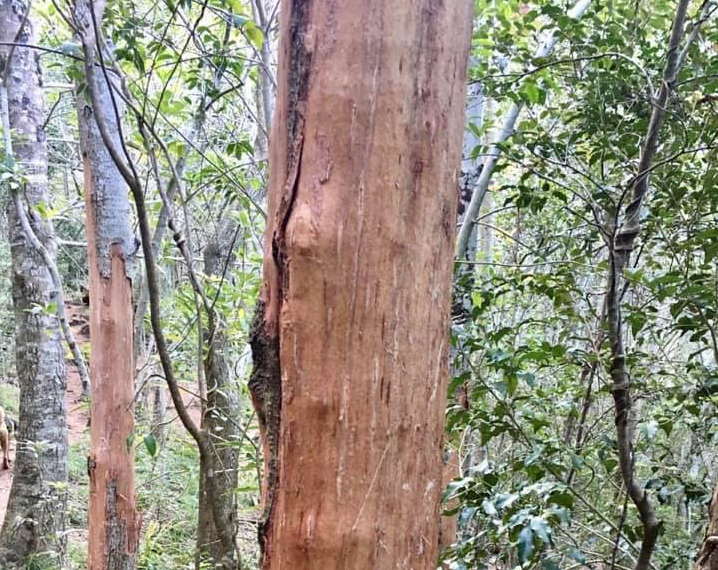There are an increasing number of bark stripping reports in Newlands Forest, and concerned nature-lovers are urging those who engage in this to stop immediately.
“Bark stripping is getting completely out of hand. Reckon we losing those trees at a rate of at least three to five a week,” a concerned Capetonian wrote in the Friends of Table Mountain Facebook group. “What can we do to stop this? This needs immediate action!”
Why stripping trees is harmful:
When a tree has been damaged by removing a ring of bark, the tree may die depending on how it was girdled or stripped. Removal of even a vertical strip of bark less than one-fourth the circumference of the tree will harm the tree, but not kill it.
When the patch of bark is one-half or greater, the risk of killing the tree increases. Complete girdling can kill the tree.
“The reason for damage due to girdling is that the phloem layer of tissue just below the bark is responsible for carrying food produced in the leaves by photosynthesis to the roots. Without this food, the roots ultimately die and cease sending water and minerals to the leaves. Then the leaves die.
“As you can see from this process, there is a delay period before the roots and top dies. There are some stored foods in the roots and lower trunk that allow the roots to continue functioning for a little while. This delay gives you time in which you can try ‘repair grafting’. Don’t wait any longer because the roots will soon run out of food,” said a report by the New Mexico State University.






